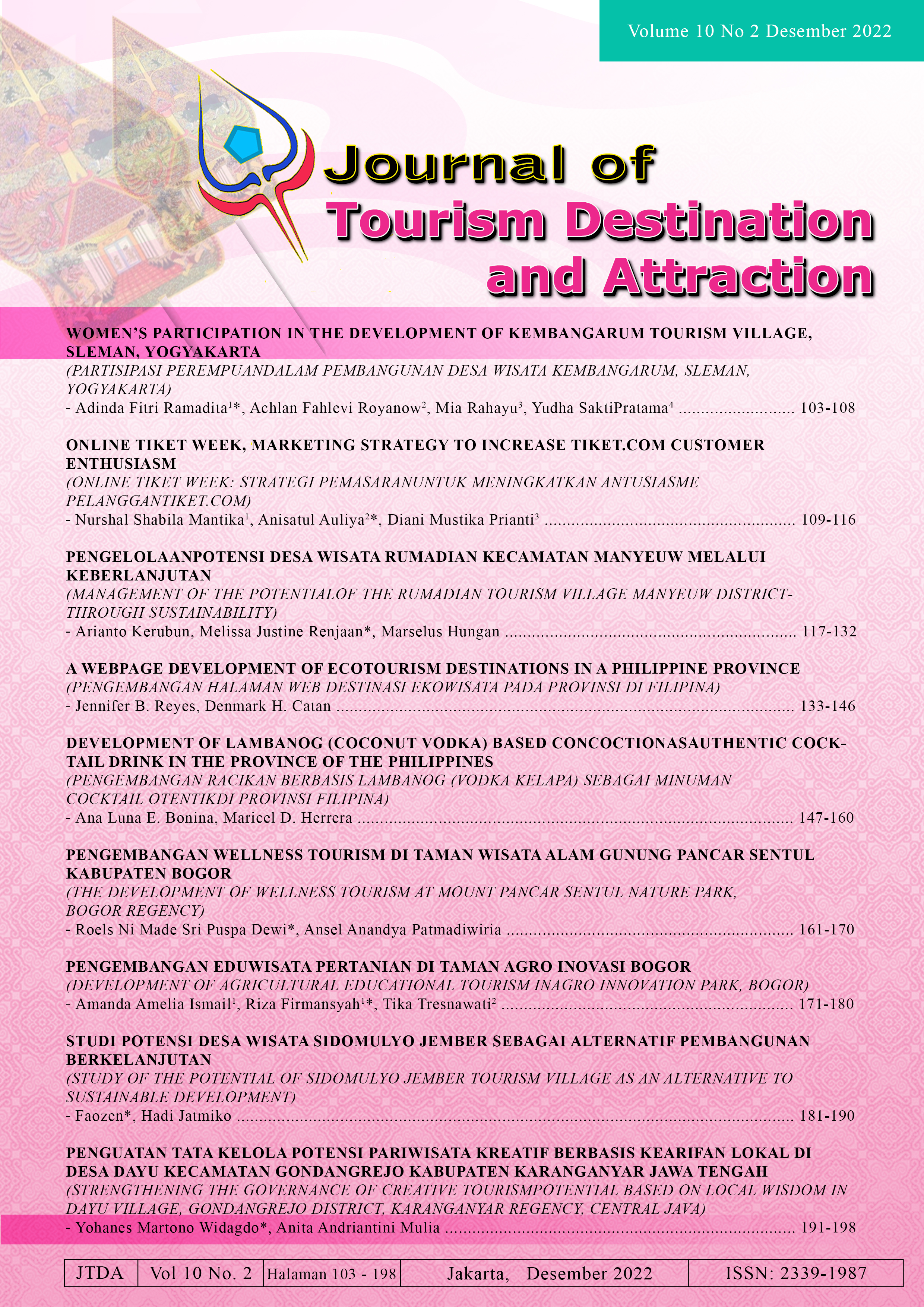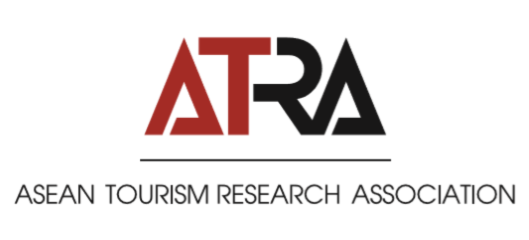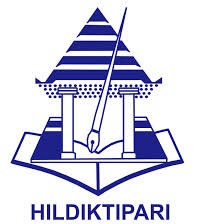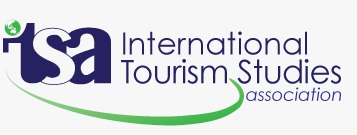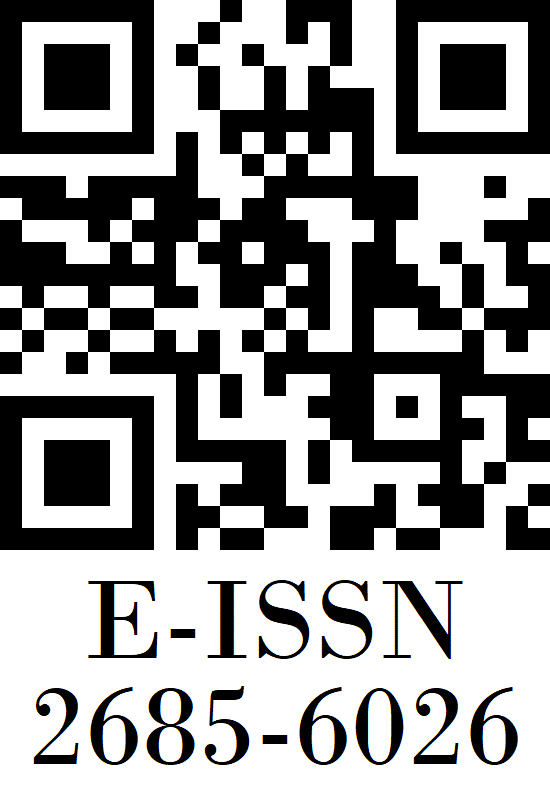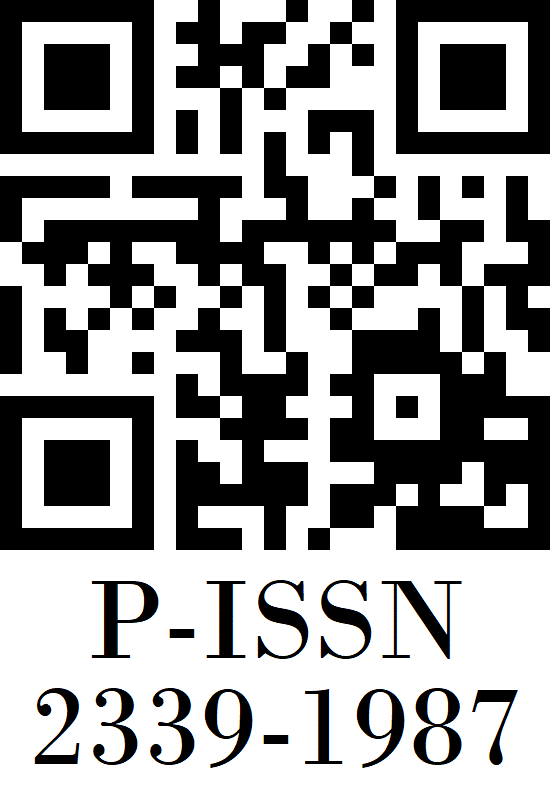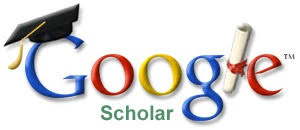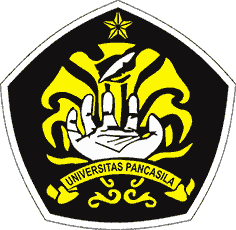ONLINE TIKET WEEK, MARKETING STRATEGY TO INCREASE TIKET.COM CUSTOMER ENTHUSIASM
DOI:
https://doi.org/10.35814/tourism.v10i2.3584Keywords:
COVID-19, Industry 4.0, Marketing Strategy, Tiket.com, Online Tiket WeekAbstract
Industry 4.0 is a revolution with exponential speed. In addition, Industry 4.0 enables billions of people to connect and access unlimited knowledge with mobile devices with unprecedented computing power and storage capacity. This study aims to explain and describe the marketing strategy of the "Online Tiket Week" to increase customers' enthusiasm for Tiket.com and to provide information on the sales status of Tiket.com products after the implementation of the marketing strategy. This research used descriptive qualitative methods. This research shows that the "Online Tiket Week" marketing strategy can increase customer enthusiasm and sales at Tiket.com. The marketing activities carried out are known to be very innovative and quite diverse. In addition, "Online Tiket Week" was carried out during the COVID-19 pandemic so the usage of digital platforms has become a suitable advertising approach to do.
References
Buhalis D, Licata MC. (2002). The Future eTourism Intermediaries. Tour. Manag. 23(3):207–220. doi:10.1016/S0261-5177(01)00085-1.
Cox C, Burgess S, Sellitto C, Buultjens J. (2009). The Role of User-Generated Content in Tourists’ Travel Planning Behavior. J. Hosp. Leis. Mark. 18(8):743–764. doi:10.1080/19368620903235753.
David FR. (2011). Strategic Management: Concepts and Cases. Edition 13. London [UK]: Pearson Education.
Fotis J, Buhalis D, Rossides N. (2011). Social Media Impact on Holiday Travel Planning. Int. J. Online Mark. 1(4):1–19. doi:10.4018/ijom.2011100101.
Gössling S, Stavrinidi I. (2016). Social Networking, Mobilities, and the Rise of Liquid Identities. Mobilities. 11(5):723–743. doi:10.1080/17450101.2015.1034453.
Internet World Stats. (2021). Asia Marketing Research, Internet Usage, Population Statistics, and Facebook Subscribers. [diakses 2021 Mei 20]. Tersedia pada: https://www.internetworldstats.com/asia.htm#id
Kotler P, Keller KL. (2016). Marketing Management, 15th Edition. London [UK]: Pearson Education.
Munar AM. (2011). Tourist-Created Content: Rethinking Destination Branding. Int. J. Cult. Tour. Hosp. Res. 5(3):291–305. doi:10.1108/17506181111156989.
Reilly AH, Hynan KA. (2014). Corporate Communication, Sustainability, and Social Media: It’s Not Easy (Really) being Green. Bus. Horiz. 57(6):747–758. doi:10.1016/j.bushor.2014.07.008.
Schwab K. (2016). The Fourth Industrial Revolution. New York [US]: Crown Business.
Swaty. (2016). Blue Ocean Strategy: An Opportunity for Entrepreneurs to Create Uncontested Market. JIDNYASA [diunduh 2022 Apr 13]. 8(2):43-48. Tersedia pada: http://www.simsjam.net/index.php/Jidnyasa/article/viewFile/121042/83115
Uchenna T, Ekwy M. (2019). Assessment of Business Enterprise and Strategic Thinking: A Study of Steady Growth Nigeria Limited. Indian J. Commer. Manag. Stud. X(2):31. doi:10.18843/ijcms/v10i2/05.
Wardiman IG, Baga LM, Nurhayati P. (2021). Perumusan Strategi Bersaing pada Grand Malabar Hotel. Value: J. Manaj. dan Akunt. 16(1):214–230. doi:10.32534/jv.v16i1.1837.
Yap JBH, Chua KL. (2018). Application of E-Booking System in Enhancing Malaysian Property Developers’ Competitive Advantage: A Blue Ocean Strategy? Prop. Manag. 36(1):86–102. doi:10.1108/PM-09-2016-0048.
Yuan Y, Chan CS, Eichelberger S, Ma H, Pikkemaat B. (2022). The Effect of Social Media on Travel Planning Process by Chinese Tourists: The Way Forward to Tourism Futures. J. Tour. Futur. 1–20. doi:10.1108/JTF-04-2021-0094.

